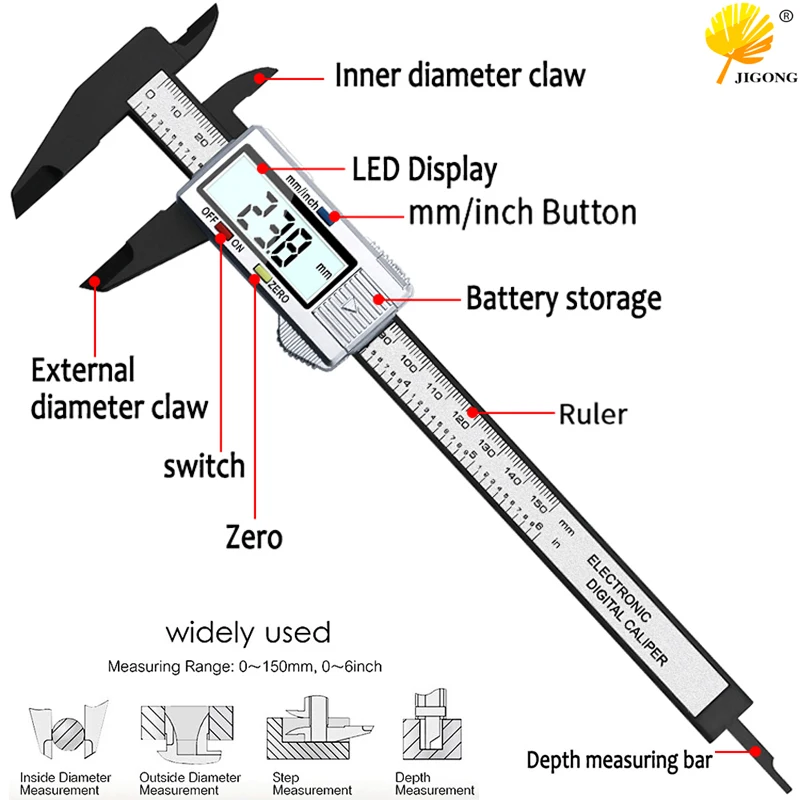No Magic in The Mirage but The Pulley Loader Saves The Day
With the Mirage bulkhead proving unstable as of late, I decided to pull it from the gun completely and have a go at using my
Pulley Loader.
I took the pumping barrel out, too and used a plug I had brought with me to plug the hole in the nose cone where the pumping barrel would have gone. I didn't have to pull those parts out at all, but I wanted the improved airflow of not having the bulkhead in the gun - and I didn't mind the lighter gun from losing the pumping barrel, either (the gun now almost floats with the shaft in).
I should mention that a few weeks back, as the bulkhead first began acting up, I made a modification to my nose cone in anticipation of possibly having to use the pulley loader. In
the pulley loader thread, I had talked about how it would be smart to have some hooks on the nose cone, but I didn't have that so I I made a dyneema "gooseneck" AKA a bridle instead:
It has an eye splice on each end that goes around the shooting barrel and is held in place by the muzzle. But as I tightened down the muzzle, the force on the dyneema made it expand and squeeze the nose cone so much that it cracked a little. It's not an issue, there's no structural need for the plastic where it cracked, really. It's just not pretty.
I am attaching the line to the nose cone bridle with a slip knot which has worked fine but a hook system would certainly be faster.
As an aside, I have realized that I can keep the banana effect well under control by clamping down a lot on the nose cone. So far, up to 35 bar, I have seen zero banana effect, so that's a nice surprise.
The pulley loader is not yet perfect. I actually had the line slide through the cam cleat which really surprised me as I have used these on sailboats for years and never once had a line slide. Not sure what the issue is but I changed to some slightly thicker line and it seems to have become a little better. I am using Ronstan's smaller composite cleat but I think Harken's aluminum one in the same size would possibly have better bite.
Here's a pic with the newer line:
And here one that shows how the sliding of the line ate into the teeth of the cleat!:-(
Luckily, the cams are reversible, so you can swap them to the other side and use "fresh" teeth but as mentioned, maybe a metal Harken cleat would be better.
I first tried the pulley loader on the porch of the bungalow I was staying in the night before going spearing and managed to banana the shaft like crazy. Luckily, no permanent bend but I was nervous about using it the next day. But often, loading is easier in the water and it's the same with the pulley loader.
It's still early days with this gadget, but what works for me is twisting the line a few times around the shaft to keep it aligned with the shaft (same ideas as twisting the rubber on a polespear). That, and a hand on the middle of the shaft, seems to keep it from banana'ing.
I am doing three twists so far, but will try to see if one or two is enough. As I load, the shaft does tend to untwist itself but it happens towards the end of the loading where most of the shaft is inside the barrel, so it's ok. But it does make a bit of a mess with the slip tip line and shooting line being wrapped around the shaft:
As a stop gap measure the pulley loader is not half bad but it does take a while to load a gun like this. I have used it for two full days by now and have taken the gun from 24bar initially to 27bar on the second day. Both are more than I can load a regular gun at, so I am getting some bonus oomph. I haven't tried it with the regular shaft yet, only the slip tip shaft which is shorter so I guess less risky loading that one.
I store the loader by wrapping the line around the tube of the loader and just tugging the whole thing under the top of my wetsuit. It's actually a whole lot easier to do than I thought it would be.
Here's a pic of the loader next to some 1kg weights for a sense of scale. It also shows the loader in the "storable state":
Also, I am finally getting fish. With the help of the pulley loader and the slip tip shaft I got four dogtooth, though nothing big yet. But I consider the whole Indonesia trip a stepping stone, learning to hunt tougher fish in more difficult environments - so I don't mind pacing myself.
And it's always nice when you bump into a Mola Mola or some big eagle rays:
At some point, after this trip has come to an end, I will try to conclude on what can be learned from this Evo Mirage build. But for now, I am just going to enjoy my last few days here





